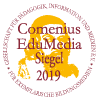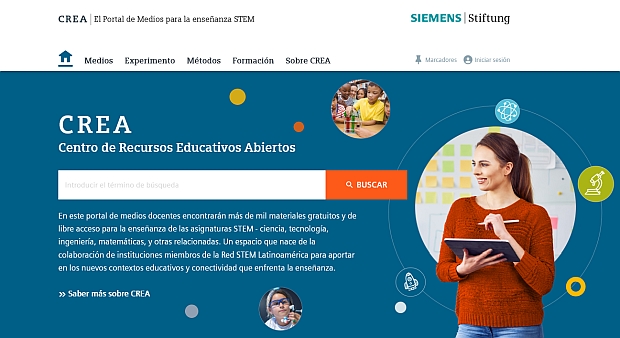Artificial intelligence – Introduction of practical examples
Text
Information sheet:
This document differentiates the four work modes of AI applications and specifies and explains higher-level functional areas.
Type of media:
Text
Last update:
2020-08-18
License:

This medium is made available under a CC BY-SA 4.0 international license.
What does this mean?
How to reference this medium

This medium is made available under a CC BY-SA 4.0 international license.
What does this mean?
How to reference this medium
Media package:
Description:
Not all AI applications work the same. They can be divided into four work modes: pattern analysis, pattern prediction, expert systems, and robotics/automation.
The described functional areas are:
• Dialog processes – human to machine
• Machine-to-machine processes
• Smart automation
• Intelligence reinforcement and decision support
In addition, the text lists specific advantages and disadvantages.
The described functional areas are:
• Dialog processes – human to machine
• Machine-to-machine processes
• Smart automation
• Intelligence reinforcement and decision support
In addition, the text lists specific advantages and disadvantages.
Related media:
Learning resource type:
Information sheet
Subjects:
Business education; Civics and Politics; Ethics; Information and Communication Technology (ICT); Technology
Grade levels:
Grade 7 to 9; Grade 10 to 13
School types:
Middle/high school; Vocational training
Keywords:
Computer technology; Data processing; Data protection; Information Technology; Internet; Robot; Society; Technology
Bibliography:
Siemens Stiftung Media Portal
Author:
irights-lab.de
Rights holder:
© Siemens Stiftung 2020



